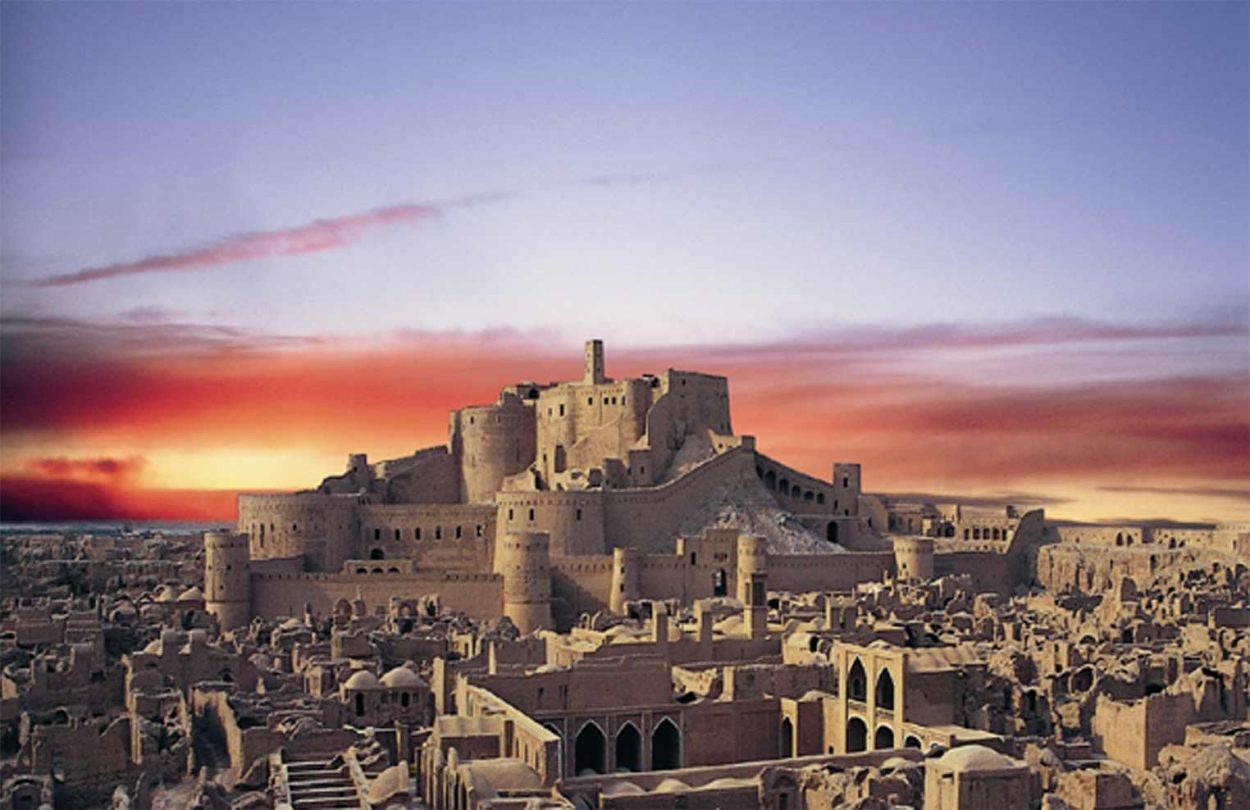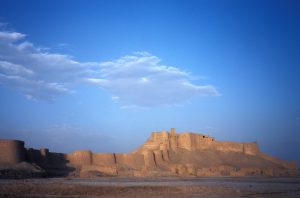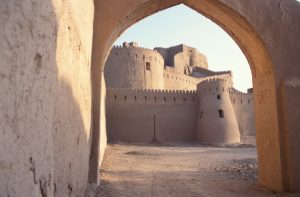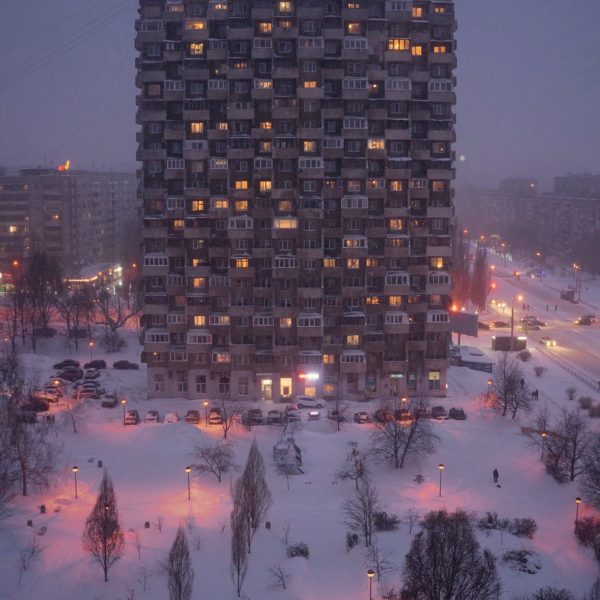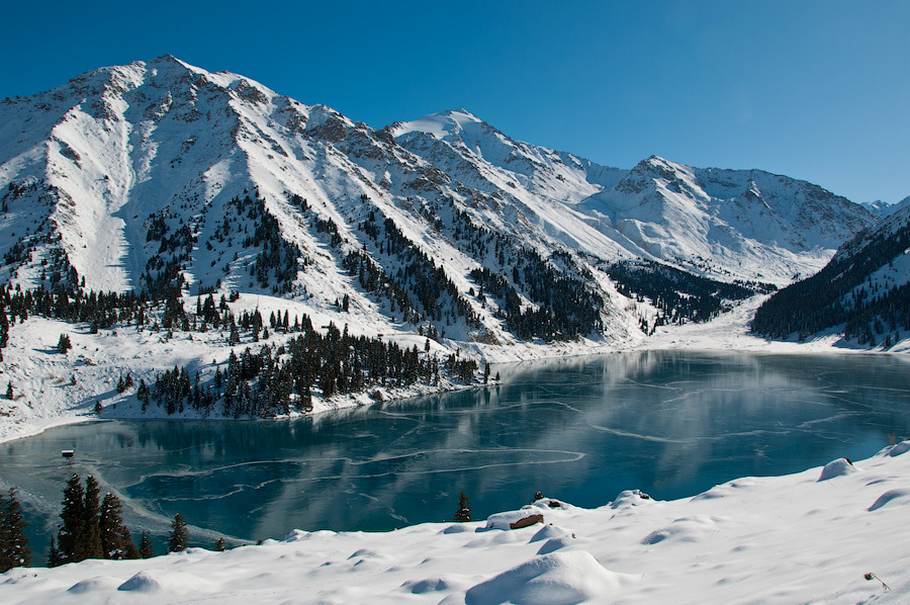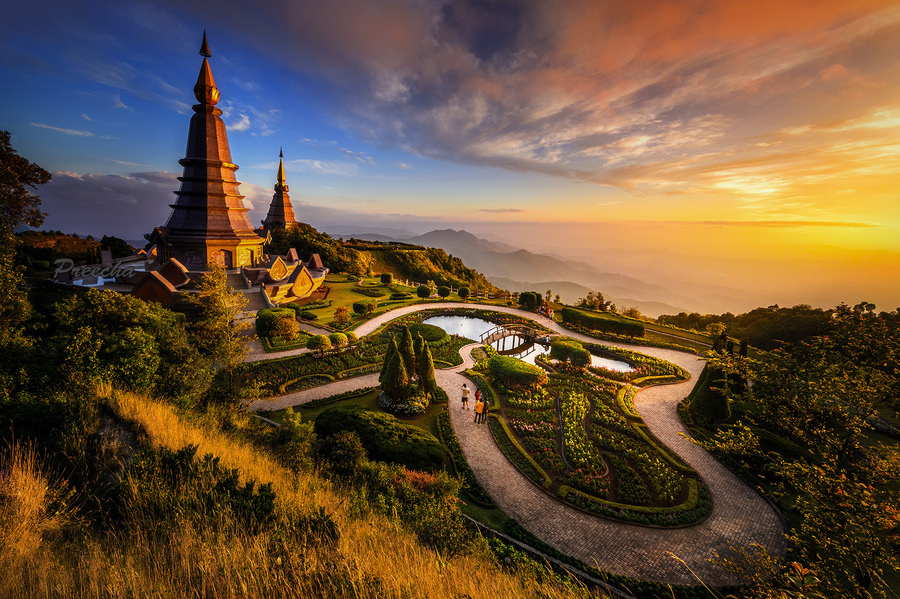Arg-e Bam, located in the southeast of Iran, stands as a testament to the rich history and architectural marvels of ancient Persia, and is renowned for its unique architectural marvels, being entirely constructed from mud. This city, once a thriving center of trade and culture, now lies in ruins, serving as a poignant reminder of the passage of time and the fragility of human civilization.
Historical Significance: Dating back to the 6th century BC, Arg-e Bam is one of the oldest mud-brick cities in the world. It flourished along the Silk Road, connecting the East and West, and served as a vital hub for trade and commerce. The city’s strategic location contributed to its prosperity, attracting merchants, scholars, and travelers from various corners of the ancient world.
Architectural Marvel: What sets Arg-e Bam apart is its distinctive architecture, predominantly made from sun-dried mud bricks. The city features an extensive citadel, intricate alleyways, and impressive structures, all crafted with precision and care. The use of mud as the primary building material not only reflects the resourcefulness of the inhabitants but also provides a natural cooling effect, crucial for enduring the harsh desert climate. The city was built using traditional Iranian techniques, featuring a maze of alleys, citadels and imposing structures, of which the central citadel, known as Arg-e Bam, was particularly impressive, standing as a formidable fortress against external threats.
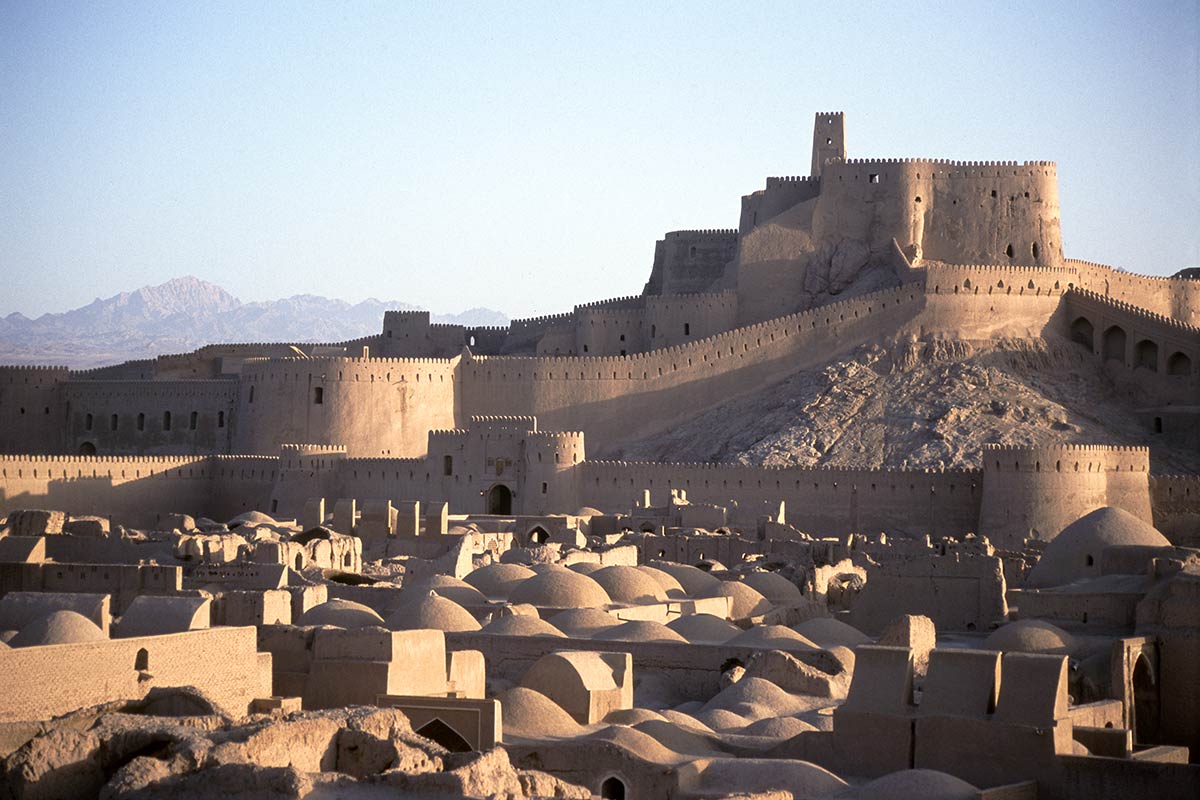
Tragedy Strikes: Despite its resilience over the centuries, Arg-e Bam faced a devastating blow in 2003 when a powerful earthquake struck the region. The earthquake, measuring 6.6 on the Richter scale, reduced a significant portion of the city to rubble. The once-thriving metropolis was transformed into a ghost town, with its historic buildings, homes, and markets reduced to ruins.
Preservation Efforts: In the aftermath of the earthquake, efforts were launched to preserve and restore Arg-e Bam. The Iranian government, along with international organizations and experts, collaborated to salvage what remained of the city. The reconstruction project aimed not only to restore the physical structures but also to revive the cultural and historical significance of Arg-e Bam.
Cultural Heritage: Arg-e Bam’s inclusion in UNESCO’s World Heritage List in 2004 underscores its cultural and historical importance. The site serves as a living museum, allowing visitors to explore the remnants of a bygone era. The city’s surviving structures, though weathered by time, offer glimpses into the advanced engineering and architectural skills of ancient Persians.
Bam is situated in a desert environment on the southern edge of the Iranian high plateau. The origins of Bam can be traced back to the Achaemenid period (6th to 4th centuries BC). Its heyday was from the 7th to 11th centuries, being at the crossroads of important trade routes and known for the production of silk and cotton garments. The existence of life in the oasis was based on the underground irrigation canals, the qanāts, of which Bam has preserved some of the earliest evidence in Iran. Arg-e Bam is the most representative example of a fortified medieval town built in vernacular technique using mud layers (Chineh).

